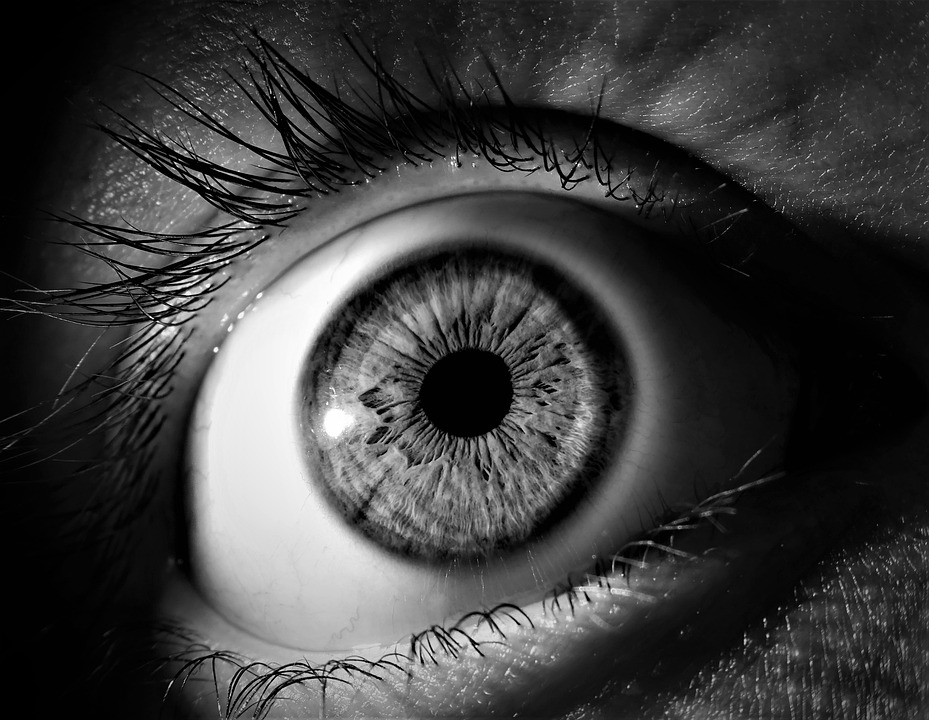 This week, our hypothetical patient is a 65-year-old woman experiencing decreased bilateral vision over the past month. She was told by her doctors that this was secondary to early age-related macular degeneration. She reports difficulty reading, loss of depth perception, and dimness of her vision in addition to having dull headaches that began about 6 months ago. She did not have any ocular pain or new flashes, floaters, or diplopia. The patient denied the use of tobacco or alcohol and did not have any family history of ocular issues. She is currently being treated with Seroquel for her bipolar disorder. Upon examination the patient demonstrated an inability to see anything in the outer half of both her left and right visual fields. Slit lamp biomicroscopy demonstrated that the macular and retinal nerve fiber layer OCT were normal in both eyes. A Humphrey visual field (HVF) 30-2 was performed.
This week, our hypothetical patient is a 65-year-old woman experiencing decreased bilateral vision over the past month. She was told by her doctors that this was secondary to early age-related macular degeneration. She reports difficulty reading, loss of depth perception, and dimness of her vision in addition to having dull headaches that began about 6 months ago. She did not have any ocular pain or new flashes, floaters, or diplopia. The patient denied the use of tobacco or alcohol and did not have any family history of ocular issues. She is currently being treated with Seroquel for her bipolar disorder. Upon examination the patient demonstrated an inability to see anything in the outer half of both her left and right visual fields. Slit lamp biomicroscopy demonstrated that the macular and retinal nerve fiber layer OCT were normal in both eyes. A Humphrey visual field (HVF) 30-2 was performed.Today, we reveal that our hypothetical patient was diagnosed as having:
Bitemporal Hemianopsia
This case study was loosely based on an actual case. Check it out here:
https://www.healio.com/ophthalmology/retina-vitreous/news/print/ocular-surgery-news/%7Bf470a7f9-ea6a-4d7b-aa89-445bc8341b7c%7D/woman-presents-with-progressive-decreasing-vision-in-both-eyes-and-new-onset-headaches
No comments:
Post a Comment